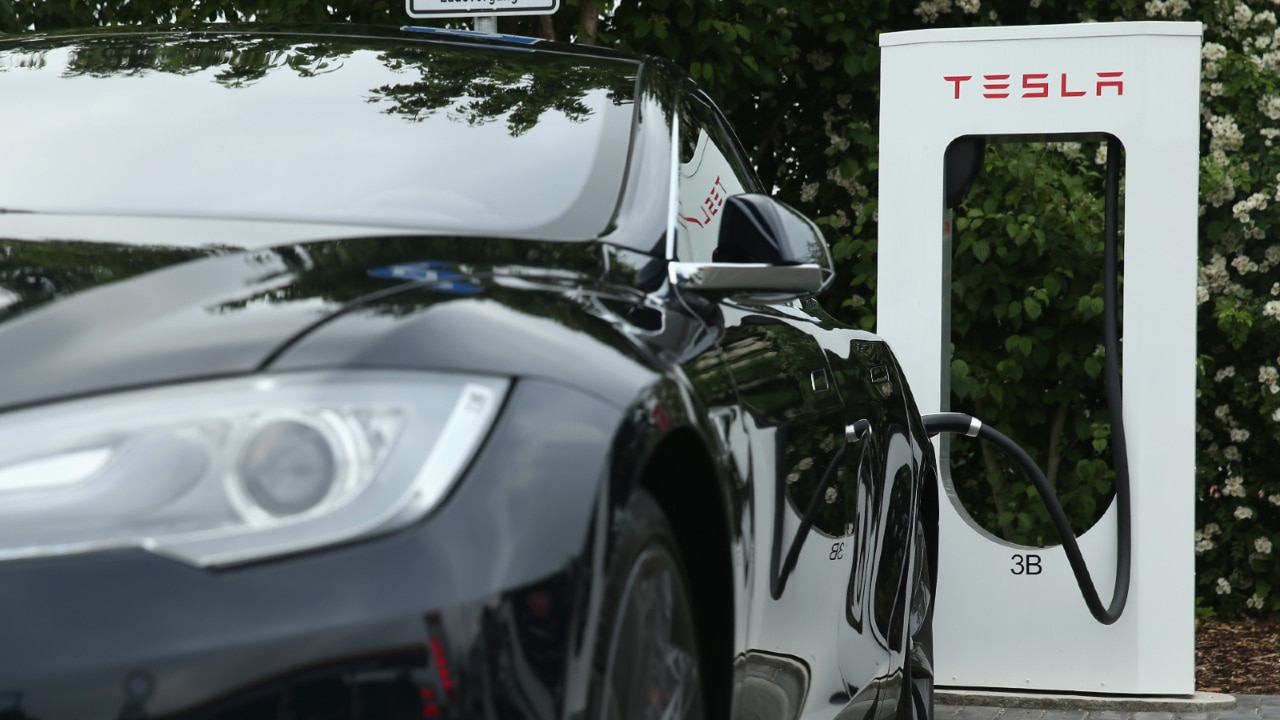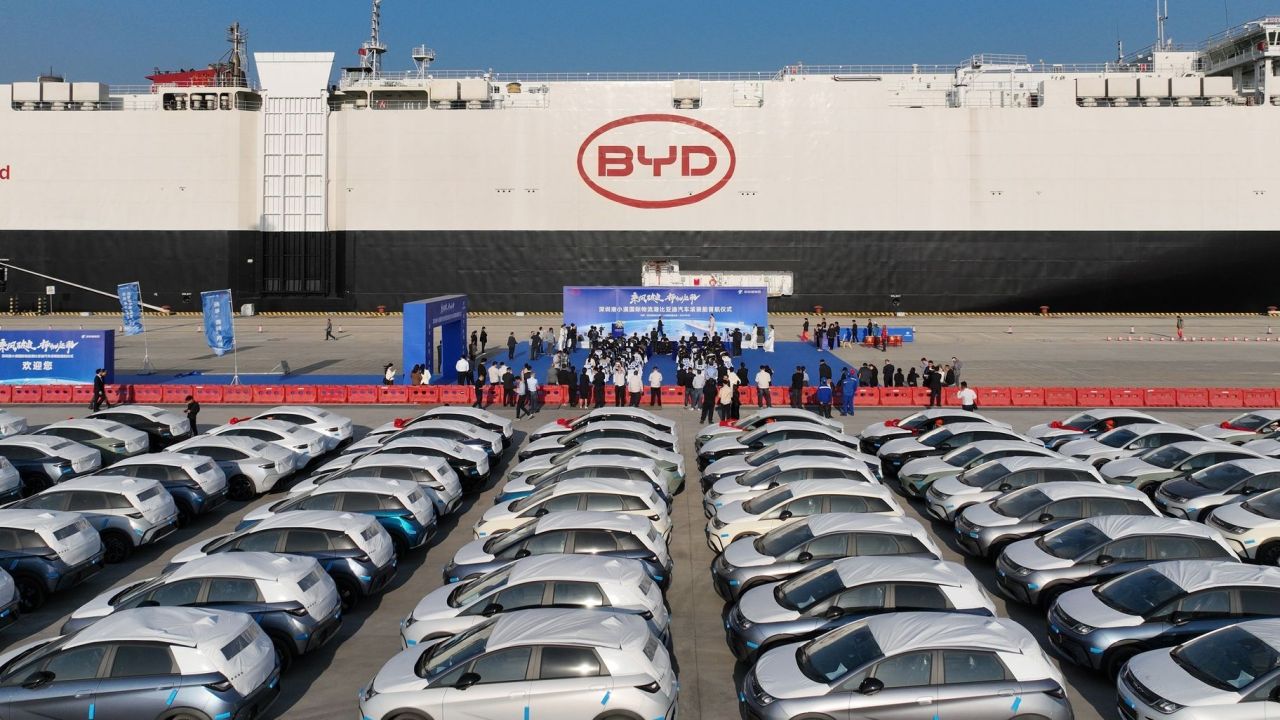The growing number of Chinese electric vehicles entering the Australian car market has sparked concerns about dumping, with new claims suggesting as many as “40 or 50” brands could arrive by the turn of the decade.
Data from the Federal Chamber of Automotive Industries showed China had supplied more than 80 per cent of EVs in Australia throughout the first few months of the year, while Chinese vehicles are now the third most popular in the country behind Thailand and Japan.
Experts highlight increased awareness of EVs and Chinese brands’ competitive pricing as two of the key factors behind the uptick, although the latter issue is now coming under increased scrutiny following moves by the United States and European Union to impose tariffs on cars from China.
US President Joe Biden last month directed officials to increase the border tax on Chinese EVs from 25 per cent to 100 per cent, while the EU is expected to announce its own tariffs this week – expected to be in the region of 15 to 30 per cent.
“They’re flooding the market,” President Biden argued when announcing the US measures.
“It’s not competing, it’s cheating.”
While both moves are driven in part by the desire to protect domestic manufacturing interests, the EU preceded its expected action by launching an extensive investigation into China’s export behaviour due to suspicions it was flooding Europe with cheaper EVs as a result of overcapacity and dampened domestic consumer demand.
Despite similar concerns being raised in Australia, the Albanese government has so far suggested it sees no need for tariffs, although the Department of Foreign Affairs and Trade has signalled it will continue to monitor the market for signs of anti-competitive behaviour.
Complicating the issue in Australia is the fact that Tesla, which most consumers would assume is a US product, manufactures the majority of EVs sold in the country in its Shanghai giga-factory.
In addition, Volvo, which has a long history of association with Europe, was bought out by Chinese company Geely in 2010, meaning many consumers are unaware of their vehicle’s point of origin.
Speaking to Sky News Australia on Tuesday, veteran motoring journalist Paul Gover claimed that, regardless of branding, Chinese EVs had resulted in a “price fight” in the market which was now pushing prices considerably lower.
“Nobody can get to the bottom of what the actual FOV (freight on value) cost of these Chinese vehicles is at the port,” he explained.
“There is all sorts of talk about below the line subsidies on things like energy costs for vehicles that are exported. So, we don’t know what the real price is, but when the Chinese brands can start a price fight like they have just recently… what’s the real price?
“If you’ve just bought a new Tesla and six months later, it’s like, drop the retail price by $7,000, you’ve got to ask yourself what’s going on.”
In addition, Mr Gover revealed Australian importers were expecting “40 or 50 Chinese brands” would enter the market by the turn of the decade, with the flood of vehicles potentially destroying competition.
That was particularly concerning, the veteran motoring journalist continued, because there were still question marks over the reliability of Chinese EVs in Australian conditions.
“We don’t know what the quality is going to be like. I can tell you lots and lots of cases,” Mr Gover said.

“UV (ultraviolet) light in Australia is one of the very highest anywhere in the world, even higher than Dubai in the Middle East and it breaks down the paint.
“We haven’t had these cars here long enough to know if they understand what their paint’s got to put up with, what the interior’s got to put up with.
“We don’t know how these cars are going to cope.”

